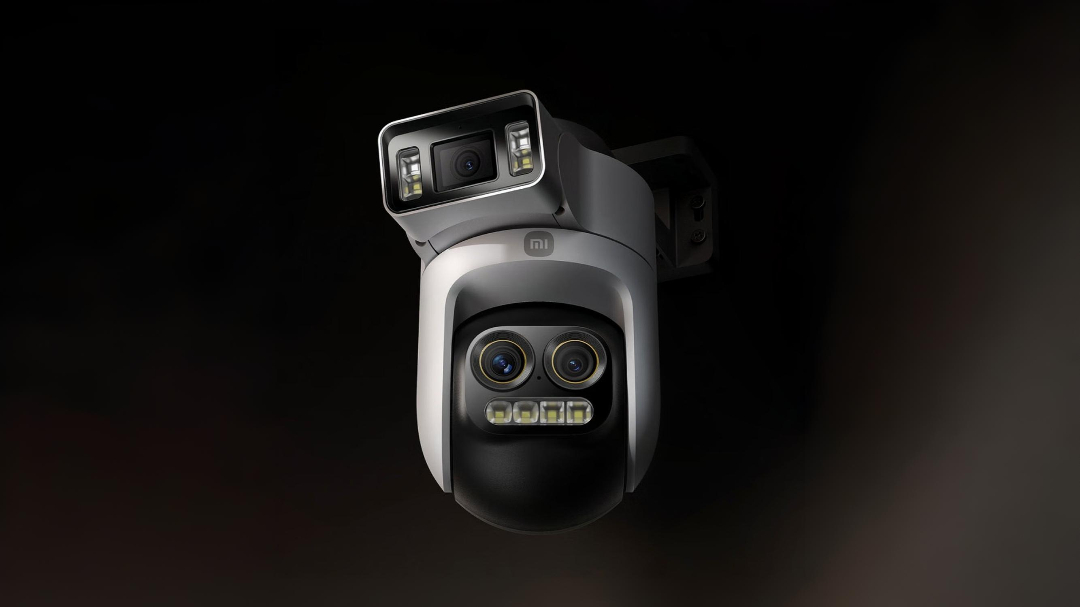Here’s a reworked version of the article with SEO optimization, a neutral tone, and less brand promotion. Primary keywords such as “GeForce RTX 5060,” “DLSS 4,” and “RTX 5060 laptops” are used throughout for search visibility. Suggested SEO-friendly titles follow the article.
The GeForce RTX 5060 desktop GPU family officially launches on April 16, bringing DLSS 4 and next-gen rendering tools to a wider range of gamers, with pricing starting at $299. The new RTX 5060 Ti leads the release, followed by the standard RTX 5060 in May. Both models are powered by the latest GPU architecture and AI-enhanced graphics features aimed at improving frame rates, image clarity, and system responsiveness.
At the core of the new GPUs is DLSS 4, NVIDIA’s latest deep learning-based upscaling and frame generation technology. This version introduces Multi Frame Generation, which can produce up to three extra frames per traditionally rendered one, boosting frame rates significantly in supported games. When combined with Super Resolution and Ray Reconstruction, DLSS 4 enhances image fidelity and motion stability while keeping latency low—especially when paired with NVIDIA Reflex.
Performance benchmarks indicate that the RTX 5060 Ti can double the frame rates seen on its predecessor, the RTX 4060 Ti, while reducing input lag across several demanding titles such as Hogwarts Legacy at 1440p settings. In titles that don’t yet support Multi Frame Generation, users can still expect around a 20% performance increase. For competitive games, Reflex support provides a more responsive gameplay experience.
Gamers still running older GPUs like the GTX 1660 or RTX 2060 can expect a substantial jump in frame rate and visual quality. The RTX 5060 is designed to handle over 100 FPS at 1080p in visually intensive games, and even more in eSports-focused titles. Both the 5060 and 5060 Ti come equipped with upgraded Shader Cores, Tensor Cores, Ray Tracing Cores, and GDDR7 memory, with models starting at $299 and $379, respectively. Higher-tier versions with 16GB of VRAM are also available for users who demand more from their hardware.
These cards also include support for DisplayPort 2.1 and offer improved video encoding and decoding for creators and streamers. A range of third-party manufacturers will offer stock and factory-overclocked versions of the RTX 5060 and 5060 Ti, including options from major board partners.
On the mobile front, GeForce RTX 5060 laptops are scheduled to launch in May with prices starting at $1,099. Featuring the same DLSS 4 capabilities and Reflex enhancements, these laptops promise desktop-class performance in increasingly thin and light designs. Expected to deliver over 100 FPS in graphically intense games and over 300 FPS in popular competitive titles, these laptops will be available from major OEMs in a variety of configurations.
With the release of the RTX 5060 series across desktops and laptops, features like Multi Frame Generation, AI-assisted rendering, and hardware-accelerated ray tracing are now more accessible. For gamers looking to upgrade from older graphics cards, this generation offers meaningful improvements in performance, visual fidelity, and latency—without the premium pricing of flagship GPUs.





